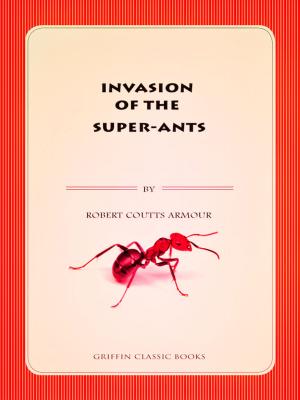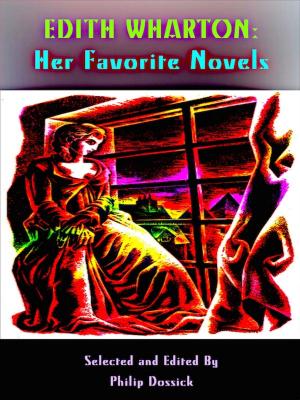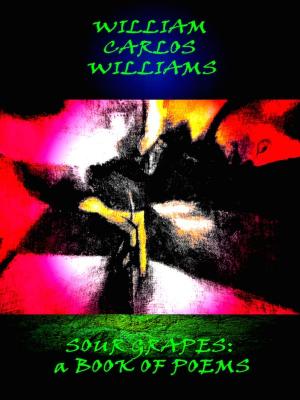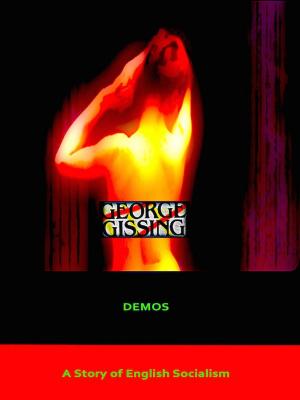| Author: | Edgar Allan Poe | ISBN: | 1230001691474 |
| Publisher: | Editions Artisan Devereaux LLC | Publication: | May 24, 2017 |
| Imprint: | Language: | English |
| Author: | Edgar Allan Poe |
| ISBN: | 1230001691474 |
| Publisher: | Editions Artisan Devereaux LLC |
| Publication: | May 24, 2017 |
| Imprint: | |
| Language: | English |
Tales of the Grotesque and Arabesque, (the companion volume to Poe’s Tales of Mystery and Imagination), is an exquisite collection of prototypical works by the master, whose extravagantly macabre tales have inspired such latter-day disciples as H.P. Lovecraft, and Stephen King.
Poe is most often remembered for his pioneering contributions to the short story, a format he used to experiment in proto-science fiction, detective fiction, satire, gothic horror, and mystery.
Like the rest of his writings, Poe’s short stories, which he called tales, first appeared in the pages of magazines, and newspapers.
Poe believed the tale was of greater value than the novel, in part because it can be appreciated in a single sitting.
As he wrote in his review of Nathaniel Hawthorne’s Twice-Told Tales: “The tale proper, in my opinion, affords unquestionably the fairest field for the exercise of the loftiest talent, which can be afforded by the domains of mere prose.”
EDGAR ALLAN POE (1809-1849) has yet to be surpassed as the greatest practitioner of the classic horror tale. Since their first publication in the 1830s and 1840s, Poe's grotesque and sublime tales of mystery and madness have established themselves as classics of short fiction. Poe is best known for his works of the macabre, including such titles as The Raven, The Pit and the Pendulum, The Murders in the Rue Morgue, Lenore, and The Fall of the House of Usher.
Poe takes his place as the first postmodern thinker, a precursor of such figures as Pynchon, Borges, and William Gibson.
—Errol Morris
Tales of the Grotesque and Arabesque, (the companion volume to Poe’s Tales of Mystery and Imagination), is an exquisite collection of prototypical works by the master, whose extravagantly macabre tales have inspired such latter-day disciples as H.P. Lovecraft, and Stephen King.
Poe is most often remembered for his pioneering contributions to the short story, a format he used to experiment in proto-science fiction, detective fiction, satire, gothic horror, and mystery.
Like the rest of his writings, Poe’s short stories, which he called tales, first appeared in the pages of magazines, and newspapers.
Poe believed the tale was of greater value than the novel, in part because it can be appreciated in a single sitting.
As he wrote in his review of Nathaniel Hawthorne’s Twice-Told Tales: “The tale proper, in my opinion, affords unquestionably the fairest field for the exercise of the loftiest talent, which can be afforded by the domains of mere prose.”
EDGAR ALLAN POE (1809-1849) has yet to be surpassed as the greatest practitioner of the classic horror tale. Since their first publication in the 1830s and 1840s, Poe's grotesque and sublime tales of mystery and madness have established themselves as classics of short fiction. Poe is best known for his works of the macabre, including such titles as The Raven, The Pit and the Pendulum, The Murders in the Rue Morgue, Lenore, and The Fall of the House of Usher.
Poe takes his place as the first postmodern thinker, a precursor of such figures as Pynchon, Borges, and William Gibson.
—Errol Morris
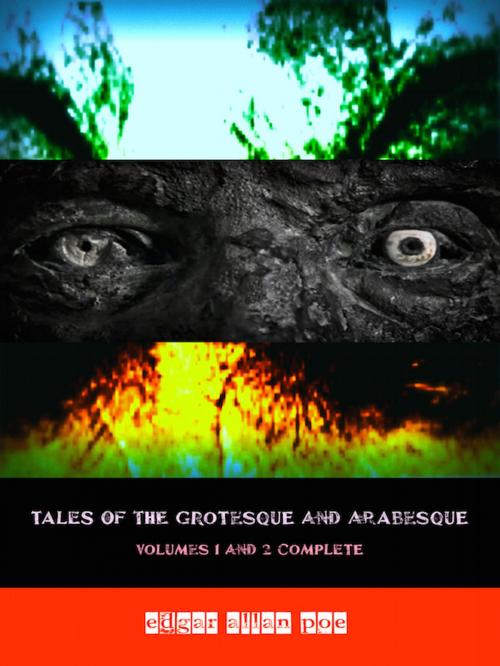
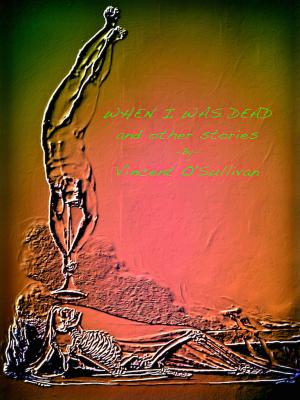
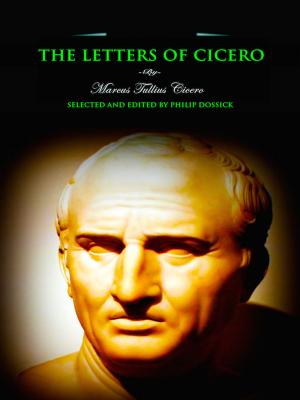


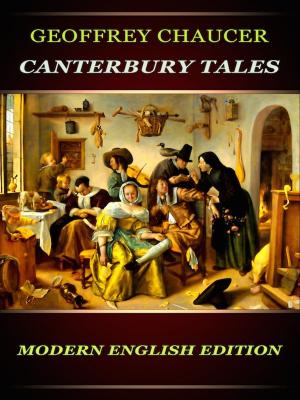
![Cover of the book The Forsyte Saga [Complete Series] by Edgar Allan Poe](https://www.kuoky.com/images/2018/may/300x300/1230002309828-vJ4h_300x.jpg)
